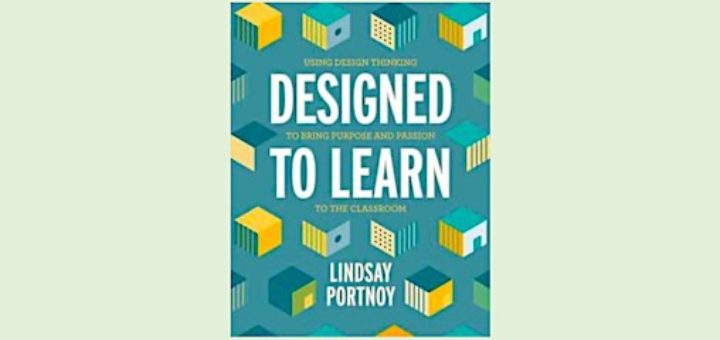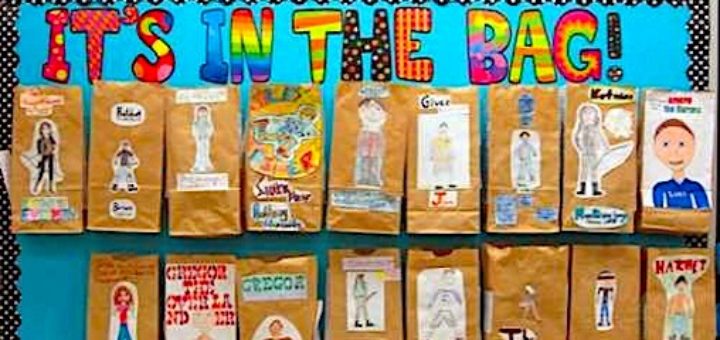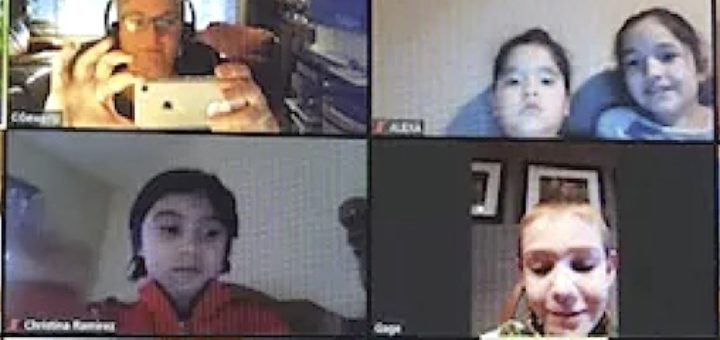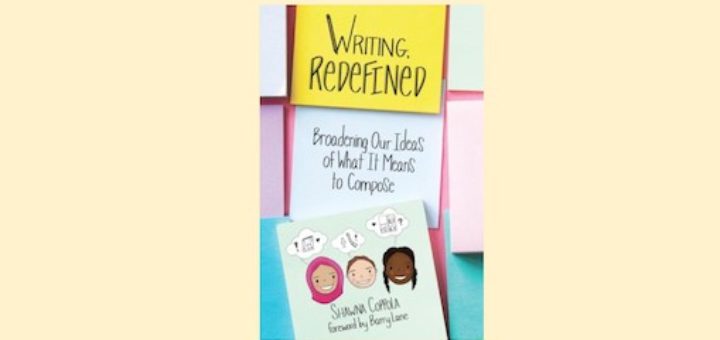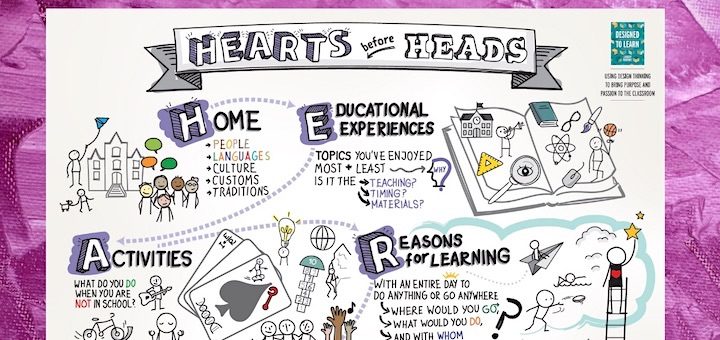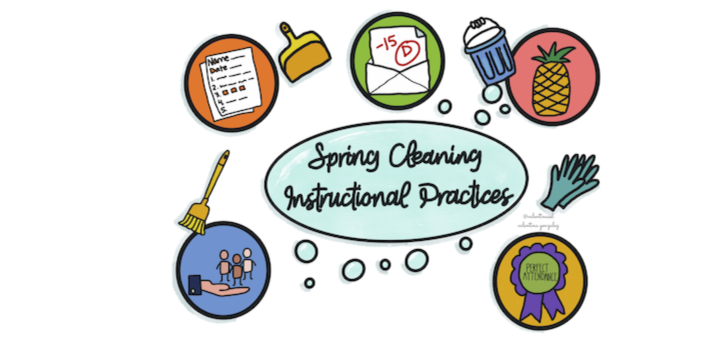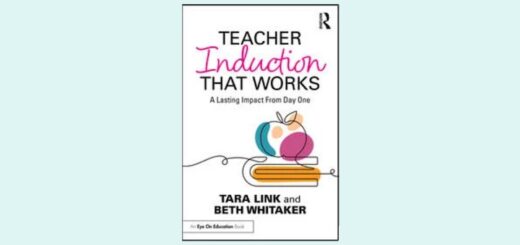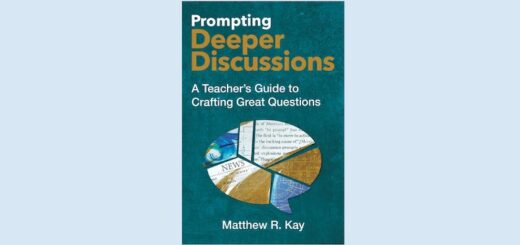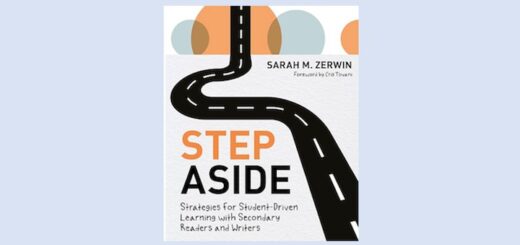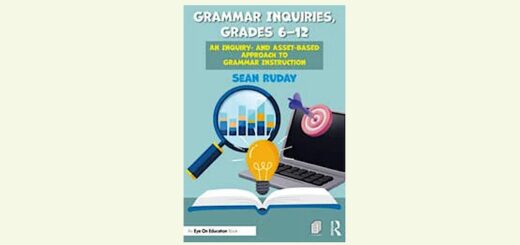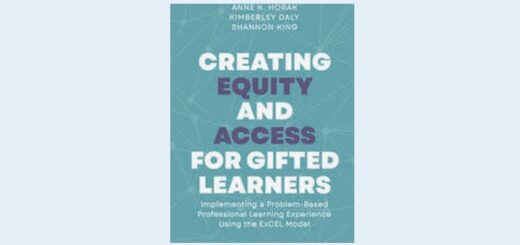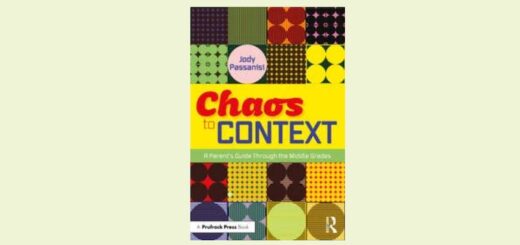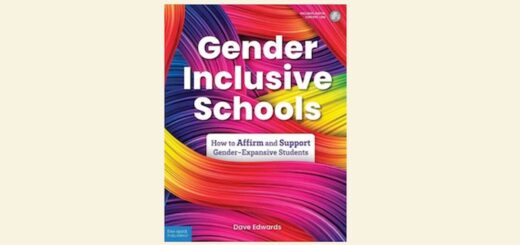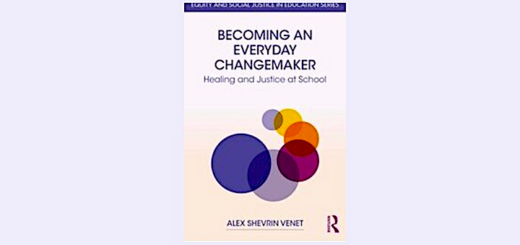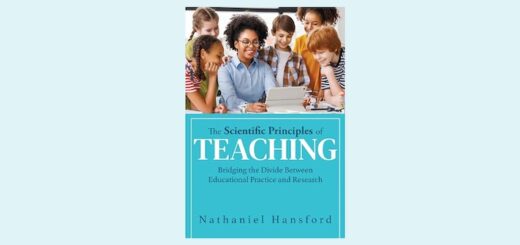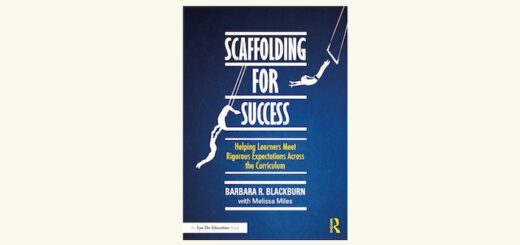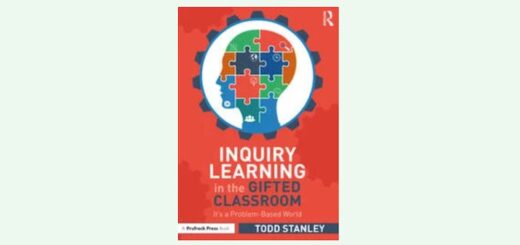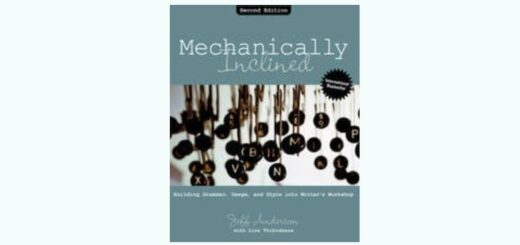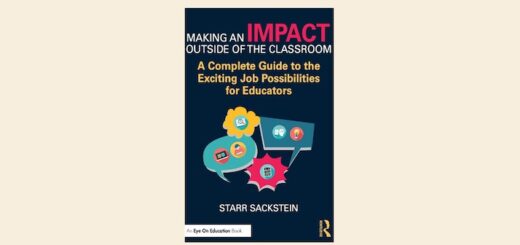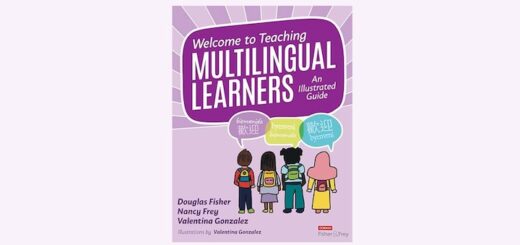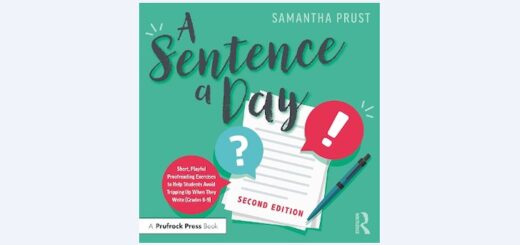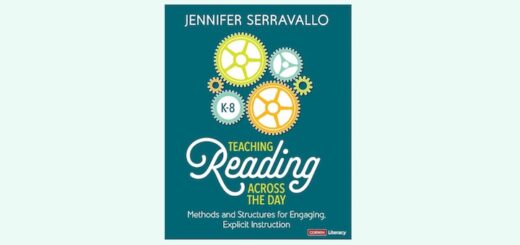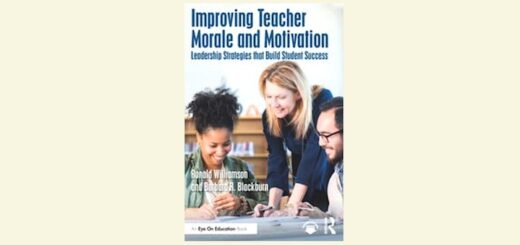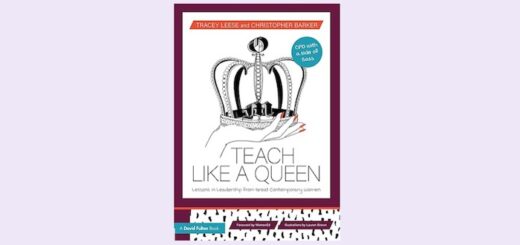Teaching and learning in grades 4-8
Dr. Lindsay Portnoy’s sound research, detailed checklists, and illustrative classroom stories in “Designed to Learn” will inspire you to fine-tune or jump-start your design thinking approach to instruction, writes teacher, author and curriculum leader Sarah Cooper.
The pandemic has compelled Lauren Brown to draw on her answers to the core questions of teaching. The best she can offer her history students is clarity – to teach what she believes matters and why. “Because if it matters, my students will care. And if they care, they will learn.”
Add dimension to student book talks with Lynne Dorfman’s version of the Book-in-a-Bag project. And it works online, as students introduce their books by sharing a paper bag covered in images they recreate from fiction or nonfiction and by pulling out representative objects.
“Covid-19 is a red contrast dye,” writes Dina Strasser. “Dumped into the cauldron of schools, it shows us the cracks and flaws that were already there.” Even so, as her students slowly figure out their tech, “they are coming alive to me and for me in ways I never could have predicted.”
In response to the sudden shift to remote learning, history teacher Sarah Cooper has jettisoned her usual fourth-quarter Civil War unit and launched an opportunity for her 8th graders to create podcasts on challenging events in US history. Here’s the project in process.
In Writing, Redefined Shawna Coppola proposes alternatives (comics, podcasts, etc.) to traditional writing assignments to welcome the students who aren’t drawn to essays and book reviews. Literacy coach Pam Hamilton likes the ideas but wonders if teachers are ready for them.
Design thinking allows students to own the knowledge they’re acquiring by connecting content in meaningful ways to their homes, the activities they engage in, their reasons for learning, their transformative life experiences, and their special attributes. Dr. Lindsay Portnoy explains.
We now find ourselves in uncharted territory which requires we improve our remote teaching while we work to maintain calmness, clarity, consistency, and high standards for learning. Teacher educator Dr. Curtis Chandler offers educators a game plan to meet the challenge.
Typical classroom spring cleaning and sorting have hardly happened this year. As distance learning dominates schools, teaching specialist Valentina Gonzalez looks instead at sorting through and acting on our teaching practices: what should we keep, throw away, or begin?
If you’re interested in doing some professional learning at home in addition to the on-the-fly learning that comes with reorganizing your classes so they are distance-friendly, take a look at Principal and NBCT Rita Platt’s collection of online and web-free PD resources.

